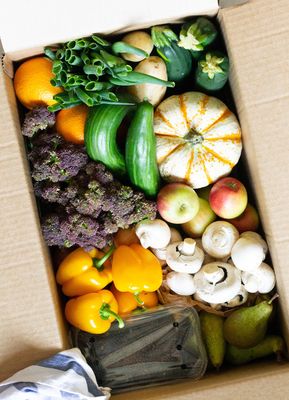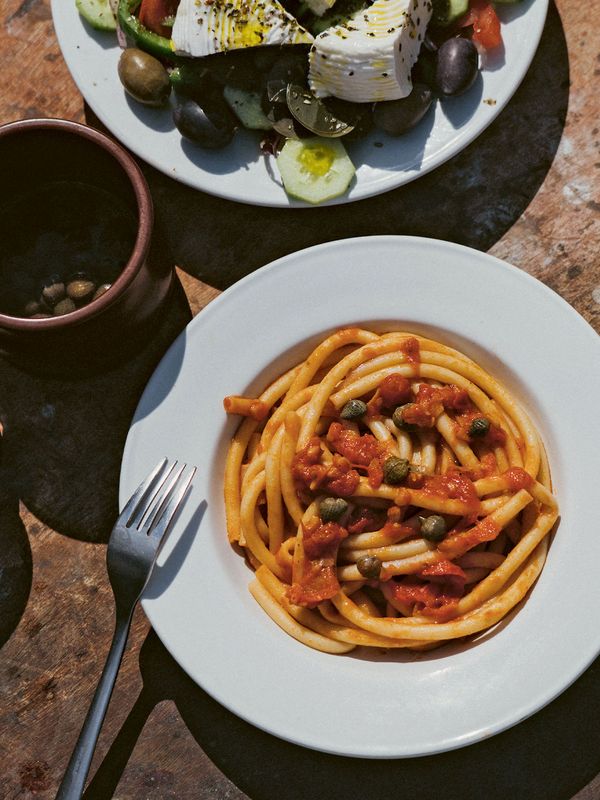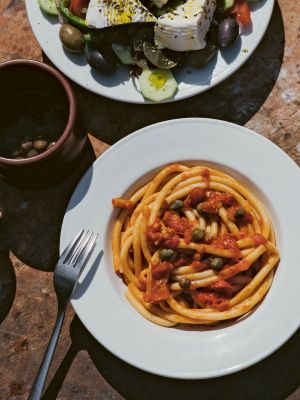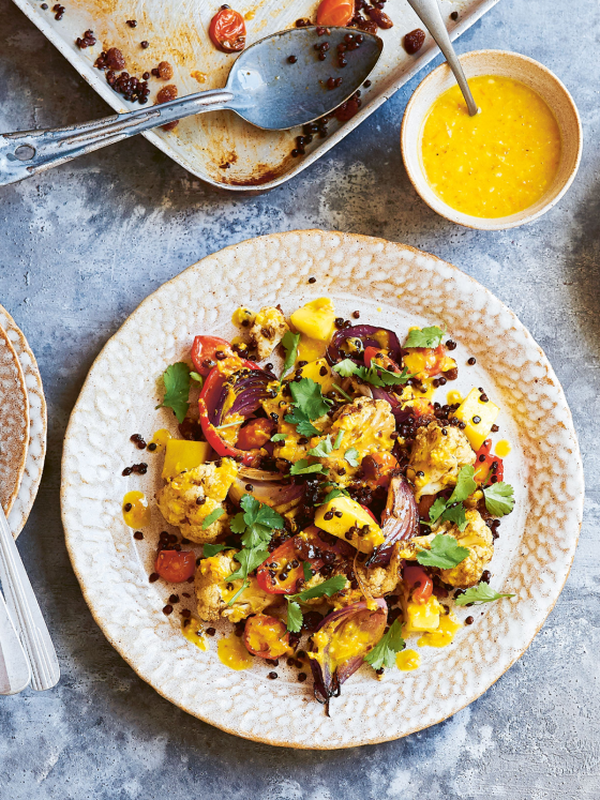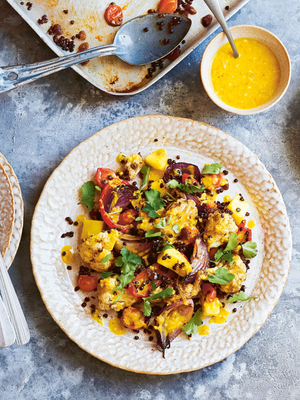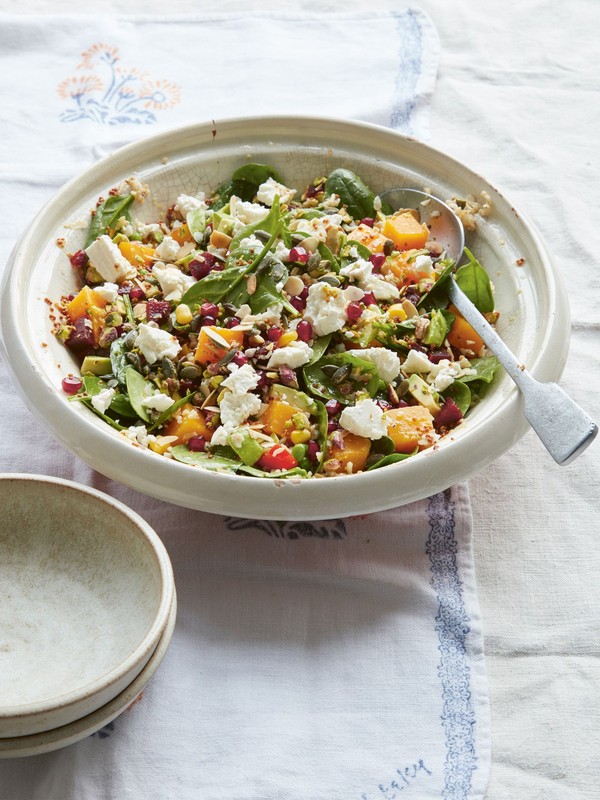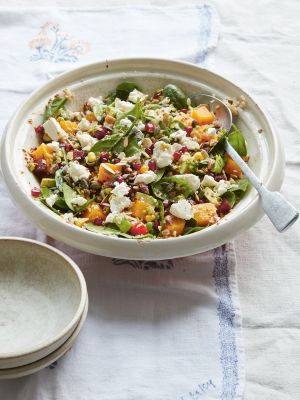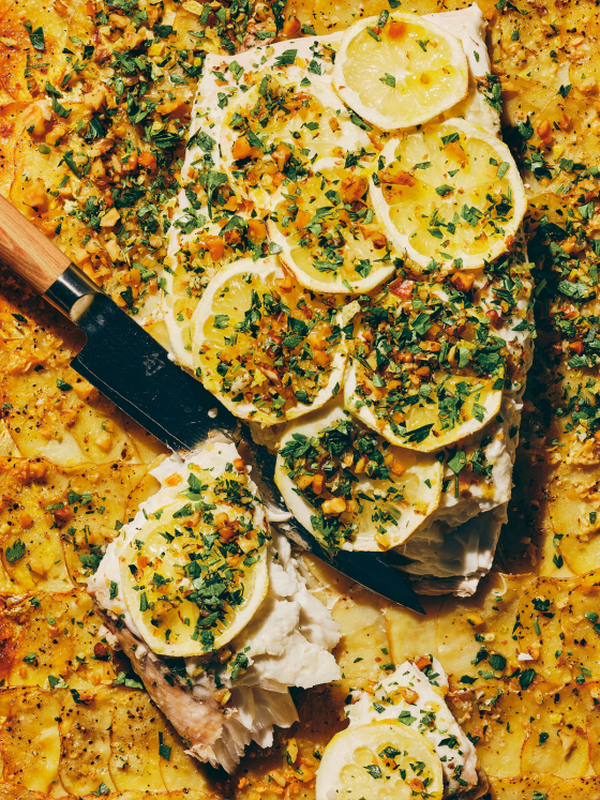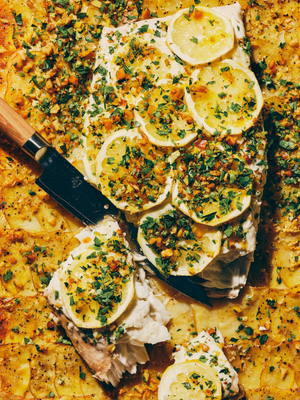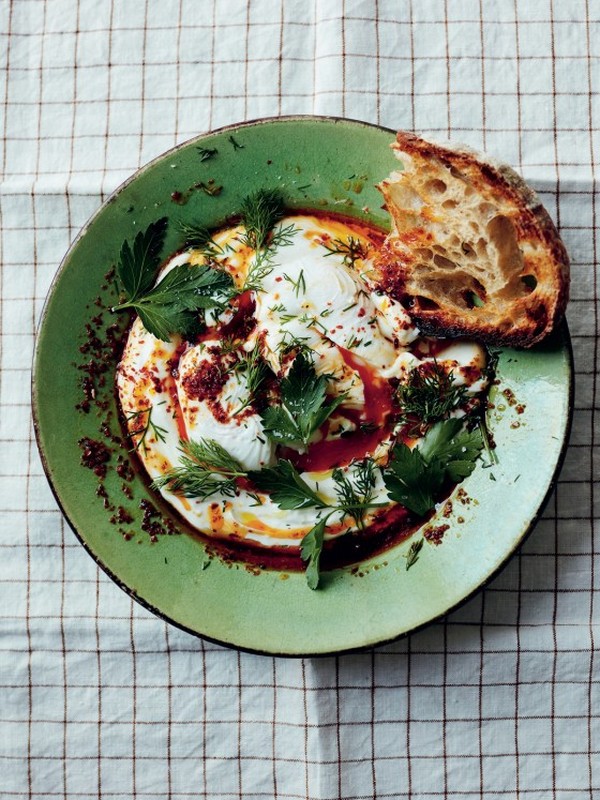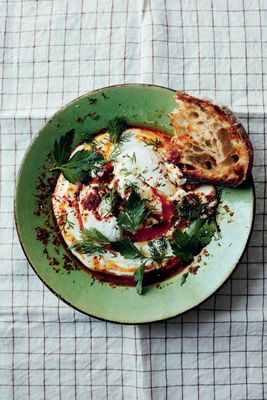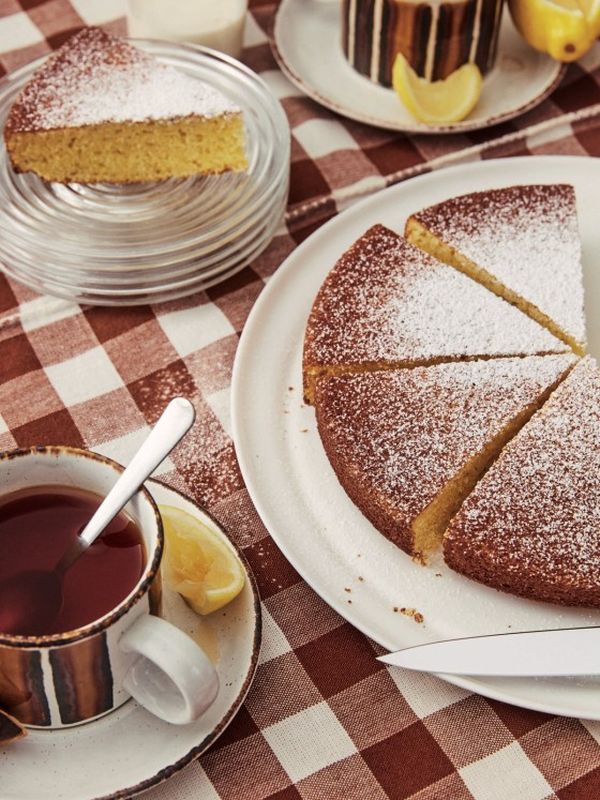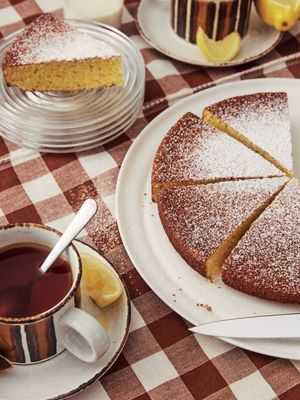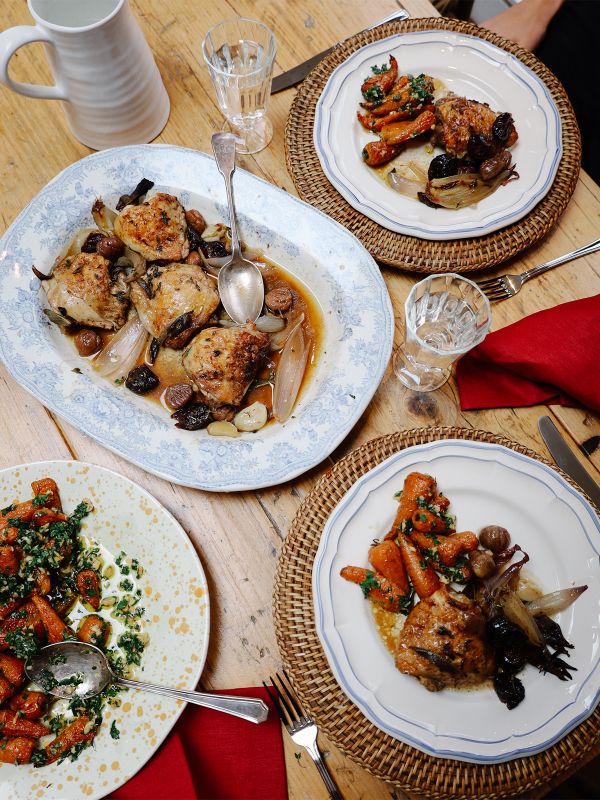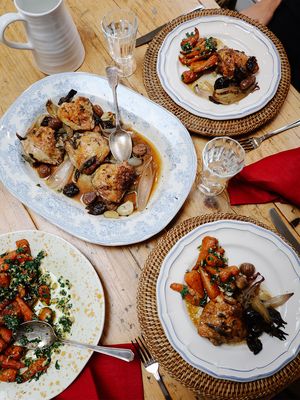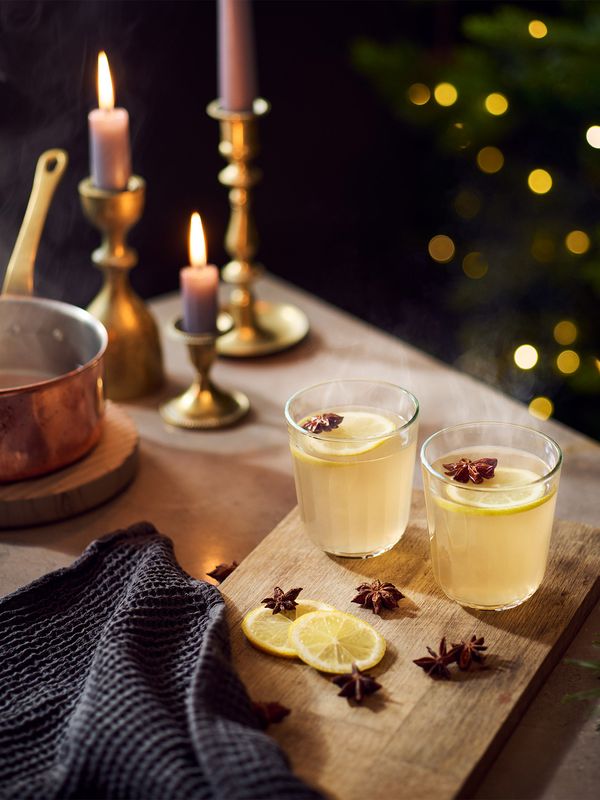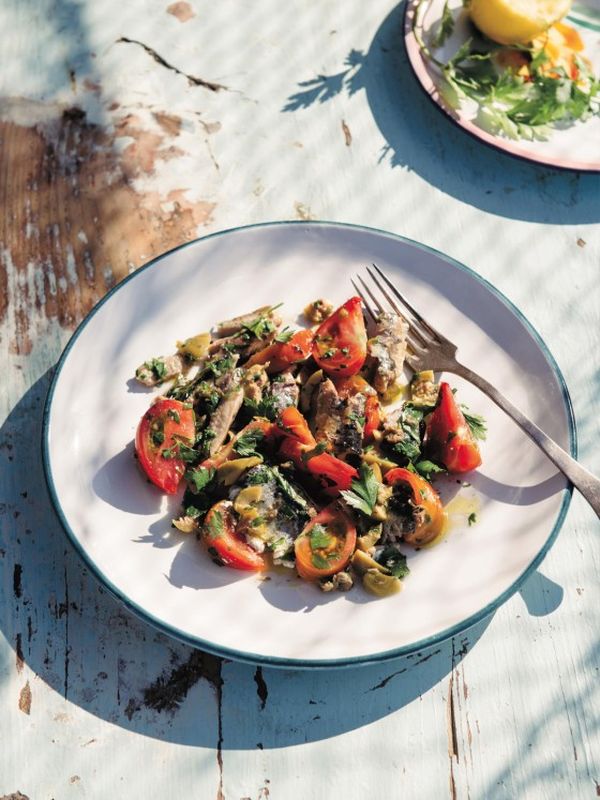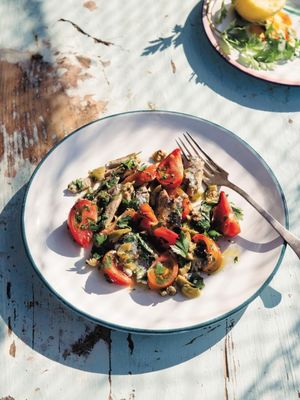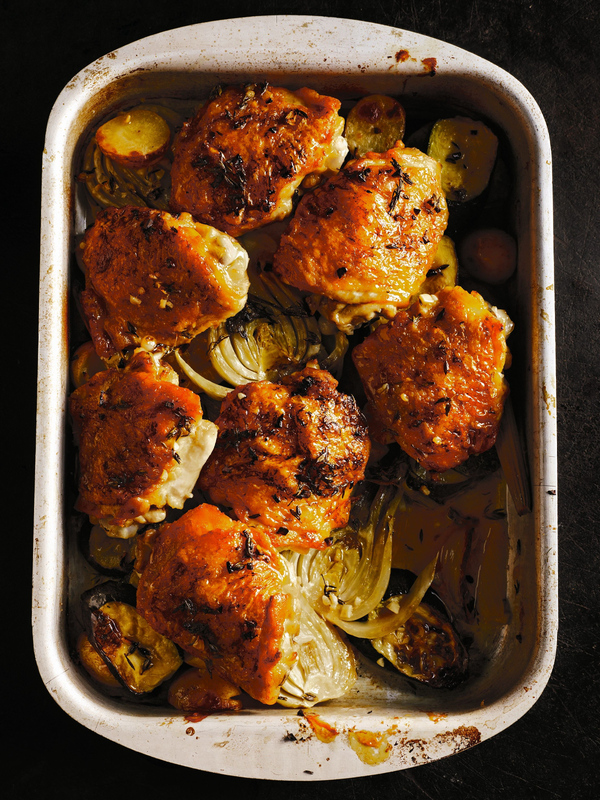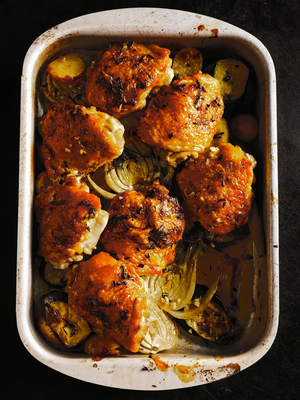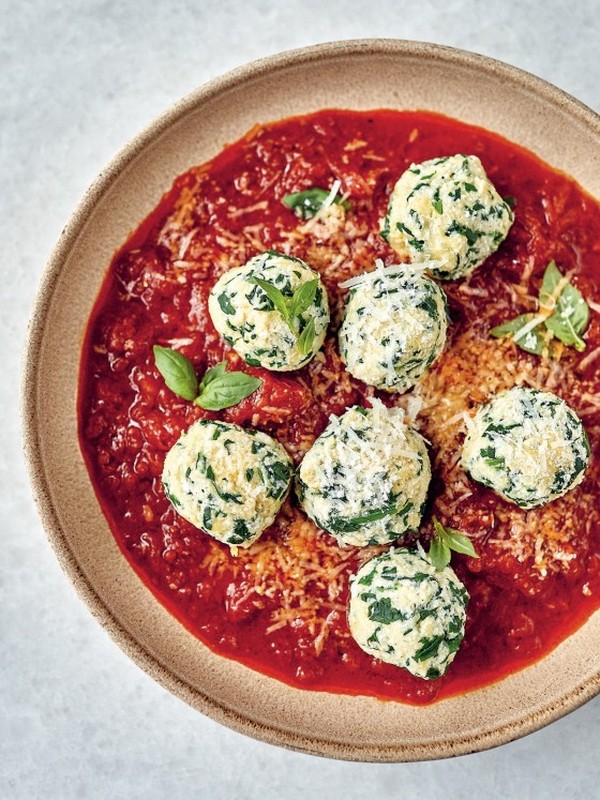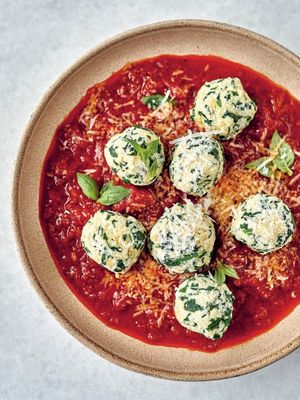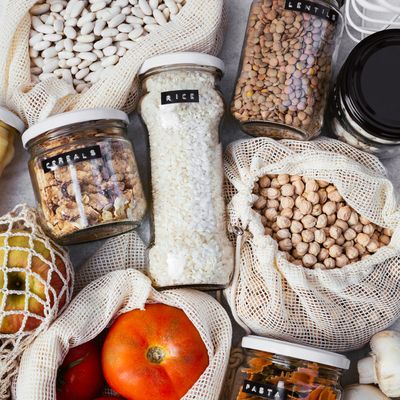
14 Zero-Waste Recipes To Make At Home
How To Use A Whole Pumpkin: Oddbox Co-Founder Emilie Vanpoperinghe
THE FLESH
Pumpkin is sweet, nutty and robust and pairs well with warming, autumnal flavours such as chilli, woody herbs like thyme and rosemary; punchy, earthy spices like cumin and coriander; and cinnamon and nutmeg. Here’s what to do with yours:
-
Roast it simply by slicing your pumpkin into wedges (you can keep the skin on) and drizzling with oil, a little honey and cumin seeds. Roast until golden and tender at 200°C.
-
Roasted pumpkin is great in colourful warm salads, for example with kale, chopped nuts and an orange dressing.
-
Make pumpkin hummus. Roast your pumpkin as above, then leave to cool. Scoop out the flesh (if you didn’t remove the peel first), then blitz in a blender with tahini, lemon juice, a bit of garlic and cumin.
-
Mash your pumpkin by chopping the flesh into small chunks (make sure to remove the skin first) and boil until tender. Drain and mash it well with a knob of butter or a bit of oil and a splash of milk or dairy-free milk. Serve as a side or on top of a veggie cottage pie, or turn the mash into Sunday brunch pumpkin pancakes with a pinch of autumnal cinnamon and nutmeg.
-
Make a purée from the flesh and add to homemade pumpkin spice lattes.
THE PEEL
Save yourself the trouble of removing the peel and keep it on unless you’re making a mash, hummus or purée. If you do remove the peel, save it by roasting it into crisps: sprinkle with salt, drizzle a small amount of olive oil and bake it for 25 minutes on the top rack of a 200°C oven until crisp. Here’s what to do next:
-
Store your pumpkin crisps for a snack on the go.
-
Serve up with pumpkin hummus for a zero-waste nibble.
-
Crisp butty: make yours saintlier by squashing your pumpkin crisps into a sarnie with roasted veg and a layer of hummus.
THE SEEDS
Save your pumpkin seeds by roasting them to add to your favourite dishes. Rinse the seeds of the fleshy, stringy bits and dry in a clean tea towel. Place on a baking tray and coat with olive oil or coconut oil and a pinch of salt and chilli flakes (if you like), then roast for about 10 minutes at 180°C. Here’s what to do next:
-
Shake up your seeds with your usual homemade or shop-bought granola mix.
-
Scatter them onto soup or into salads for a nice added texture.
-
Stir through rice, couscous or other grains along with dried fruit and serve as a jewelled side to curry.
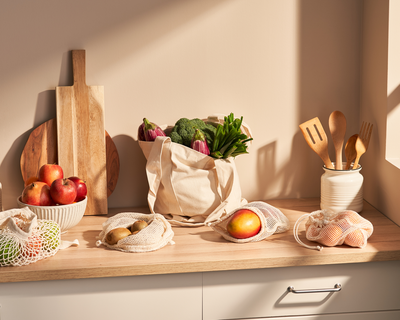
THE WHOLE THING
There’s no need to peel or carve up your pumpkin at all. Roast it whole and stuff it with any leftover bits you have in the fridge. Simply slice off the top and hollow it out by removing the seeds and stringy bits, then drizzle with oil and a bit of salt and roast at 180°C until tender. Stuff it with one of the following, then return to the oven until cooked through and bubbling:
-
Leftover bean stew or ragu, topped with a crumbling of feta.
-
Freekeh and fennel filling.
-
Any combo of cooked grains, dried fruit and nuts.
THE SCRAPS
At the centre of your pumpkin, you’ll find a bunch of seeds attached to stringy flesh. When you remove and clean your seeds, keep those leftovers to add to your next soup or veggie fritters. You could even freeze it until you’re ready to use it. If all else fails, use the stringy flesh for composting and the pumpkin itself as a planter.
Visit Oddbox.co.uk
Inspired? Here are six further zero-waste recipes using entire fruit & veg to try…
A Whole Cauliflower: Halibut, Cauliflower Couscous & Brown Butter
Jorjon Colazo, Aquavit
This recipe uses two ingredients in their entirety, the cauliflower (florets, stem, leaves) and butter (whey and sediments).
To make the brown butter, put a pot on low heat and melt the butter. Remove the whey and sediment to get the clarified butter (the liquid part). Put the clarified butter in a pot and heat until you get a golden-brown colour, you should smell a nutty aroma.
For the cauliflower, detach the cauliflower leaves and stems and put to one side, chop the cauliflower florets into small pieces and put into a pan with a bit of oil. Add the leftover butter (whey and sediments) and cream and cook on a low heat until tender. Pass through a blender and season with salt to make a puree.
To make the cauliflower couscous, add to a blender with the stems and blend until you get a fine couscous texture.
Season both sides of the halibut and pan sear. In the same pan, on a high heat, cook the leaves and the cauliflower couscous until tender.
To plate, start with the cauliflower puree on the bottom of the plate then add the couscous and top with the halibut. Garnish with the charred cauliflower leaves and lingonberry jam. Warm up the brown butter and drizzle over the fish and the leaves.
Visit AquavitRestaurants.com
Any Leftover Veg: Zero-Waste Vegetable Soup
Ligia Lugo, The Daring Kitchen
Using a large Dutch oven or similar pot, sauté the diced onion in gently heated olive oil. Sauté until the onions are translucent.
Add the carrots and continue to cook until slightly softened, about 3-4 minutes. Stir in the tomato paste. Add the spices and water or stock.
Bring the mixture to a boil and then reduce the heat to a simmer. Add the rice and cover the pot for about 10 minutes. Add the spinach, tomatoes and broccoli and cook for another 10 minutes.
Remove from heat and serve. When serving, add red pepper flakes, if desired.
Visit TheDaringKitchen.com
Any Leftover Veg: ‘Anything Goes’ Leftover Slaw
Ryan Holmes, Compass Group
You can substitute anything into this recipe, savoy cabbage, courgette, parsnip, squash – whatever you have left over will work.
Basically, anything goes here. Finely shred all the ingredients and place in a bowl.
Add the salt to extract the water from the veg.
Mix with the mayonnaise.
Add a squeeze of lemon and pepper and mix well.
Transfer to a bowl and serve.
Visit Compass-Group.com
Whole Carrots & Any Leftover Veg: Quick & Healthy Mac 'n' Cheese
Maryanne Hall, Vegan Recipe Club
This sauce is really easy to make and so cheesy... the main ingredients are potatoes and carrots. There are lots of ways you can add your favourite bits if you fancy poshing it up. You can use the sauce anytime you need a cheesy sauce e.g. pasta bake, cauliflower cheese, jacket potato, nachos...
Bring the macaroni to the boil and then simmer according to the instructions on the packet.
To make the cheese sauce, peel the potatoes and carrots and cut them into small chunks. In a large saucepan, bring them to the boil and then simmer until soft (around 15 minutes).
Drain the water and then add them to the blender.
Add all the other ingredients to the blender and then blitz until really smooth.
Add the cheese sauce straight onto the pasta and stir through until fully covered.
Add any of the optional extras or enjoy the dish on its own... it's great either way.
Optional extras/ideas: wilted spinach (just add to the pasta a few minutes before the end), fried cherry tomatoes, mixed seeds, fresh rocket, fresh basil, vegan parmesan, steamed broccoli, fried mushrooms, garden peas (add to pasta 5 minutes before the end) and mixed chopped nuts.
Visit VeganRecipeClub.org.uk
Whole Cucumbers: Lacto-Fermented Baby Cucumbers
Nicholas Friar, Hypha
Here is a simple recipe for gherkins. These sweet and sour pickles are great as a snack, sliced on burgers or tempura battered and fried for a naughty little side dish.
Add all ingredients (except the water and salt) to a deep vessel which is easy to loosely cover.
Fill the vessel with water and weigh the total volume (excluding the weight of the original vessel).
Get your calculator out and work out 3% of the total weight of all the ingredients including the water. This is the amount of salt you will need.
Strain some of the water off and dissolve the salt into it. This method will allow you to accurately weigh the correct proportions without having to compensate for displacement.
Return all ingredients back to the fermentation vessel and ensure everything is submerged. You can buy fermentation weights for this but any sterilised weight will work.
Allow to ferment for 7-10 days in a dark spot and refrigerate when the pickles are sweet, sour but still have a little snap.
Once you have mastered this technique, you can apply it to a wide range of fruits and vegetables that need using up.
Visit Hypha.Restaurant.com
A Whole Pineapple: The Royal Toast Cocktail
Bombay Sapphire
An exciting sustainable recipe for the at-home cocktail enthusiast, this drink works best with a homemade syrup/cordial which is both simple to make and delicious. Using the whole pineapple means this serve really is zero waste, with the resulting by-products used to maximise taste.
First, make the cordial. Cut the top, bottom and skin off the pineapple and slice into 2-inch cuts. Grill the pineapple slices for 5 minutes or so, turning regularly, then cut the cooked pineapple into chunks.
Separately make a sugar syrup on a low heat using 250g sugar and 250ml of water.
Combine the hot syrup and pineapple chunks in a mason jar or sealed container. Leave to infuse for 24-48 hours. When ready, pour the syrup through a tea strainer, bottle the syrup and use within 3-5 days.
When you’re ready to make the cocktail, combine all the ingredients. Shake and strain into glass.
Garnish with a corner of toast with jam.
Visit BombaySapphire.com
DISCLAIMER: We endeavour to always credit the correct original source of every image we use. If you think a credit may be incorrect, please contact us at info@sheerluxe.com.
